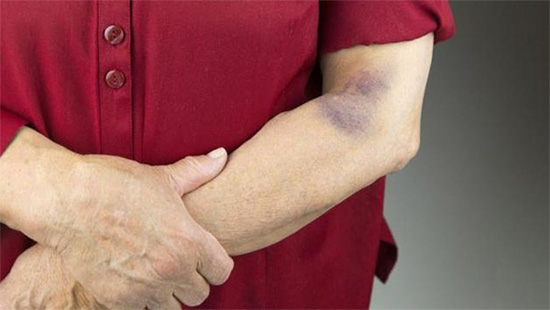Description
There exist a number of rare platelet bleeding disorders. People with these rare disorders will find specialized treatment at an HTC under the care of a hematologist. Rare platelet disorders may be inherited or acquired after birth. These disorders can last a short time or be a chronic condition. On the positive side, platelet disorders are usually milder than the other types of bleeding disorders.
There’s much we don’t know about platelet disorders. In some cases, patients may only know they have an "unspecified" platelet disorder.
Platelets are tiny, irregularly shaped blood cell pieces (called fragments) that play an important role in clotting blood. When an injury occurs and a blood clot is needed, the platelets become sticky and help plug the site of the injury. They attract other proteins needed in the clotting process and they help form a stable clot. There are several ways or reasons that platelets may not work properly.
The specific problem may result in rare platelet disorders, such as:
• Bernard-Soulier Syndrome (BSS): a very rare platelet disorder that causes a deficiency of glycoprotein lb, the receptor for vWF, which is important in clot formation. A person with BSS can bleed for a very long time before a clot forms. In fact, it may take more than 20 minutes for the bleeding to stop from even a small cut
 • Laboratory tests are needed to diagnose BSS. Some people with BSS have only slightly lower-than-normal platelet counts. Interestingly, under a microscope, the platelets of people with BSS are much larger than normal • Laboratory tests are needed to diagnose BSS. Some people with BSS have only slightly lower-than-normal platelet counts. Interestingly, under a microscope, the platelets of people with BSS are much larger than normal
• Glanzmann’s Thrombasthenia (GT): an extremely rare bleeding disorder in which the platelets lack glycoprotein IIb/IIIa, the binding sites for vWF, on the surface. In people with GT, platelets do not adhere or stick to each other as they should. Bleeding continues significantly longer than normal
• Laboratory tests are necessary to diagnose GT. In people with GT, the platelet count is normal. Under a microscope, their platelets are normal in size and shape. Blood tests are available to check for deficiency of glycoprotein IIb/IIIa in the platelets
• Platelet Storage Pool Disease (SPD): a name given to several rare disorders in which the platelet granules are affected. During the process of making a platelet plug, the platelets change shape. Chemicals inside the granules are pushed out (called secretion) into the bloodstream, signaling other platelets to the plug. In SPD, a certain type of granule in the platelets may be missing or be abnormal. The result: the body takes longer to form a clot
• SPD usually causes mild to moderate bleeding. While bleeding lasts longer than normal, usually the bleeding does stop. People with SPD rarely require treatment except when they are having surgery or have a serious injury. Blood tests are needed to diagnose SPD
What are platelets in the blood?
Platelets are tiny blood cells that help your body form clots to stop bleeding. If one of your blood vessels gets damaged, it sends out signals that are picked up by platelets. The platelets then rush to the site of damage and form a plug, or clot, to repair the damage.

Can ITP lead to leukemia?
For the most part we think that ITP does not lead to any problems in the future. ITP does not turn into a more serious blood disorder, like leukemia or aplastic anemia. It is usually not a sign that their child will later develop other autoimmune conditions, such as systemic lupus erythematosus (SLE or “lupus”).
What causes platelets to become sticky?
The immune system produces abnormal blood proteins called antiphospholipid antibodies, which cause blood platelets to clump together. Hughes syndrome is sometimes called 'sticky blood syndrome' because people with this condition are more likely to form clots in blood vessels (thromboses).
Can you have too many platelets?
Platelets are essential to stem bleeding, but if you have too many it can cause clots to form when you don't need them (thrombosis). If the platelet function is defective as well, this can cause bleeding (haemorrhage).
|